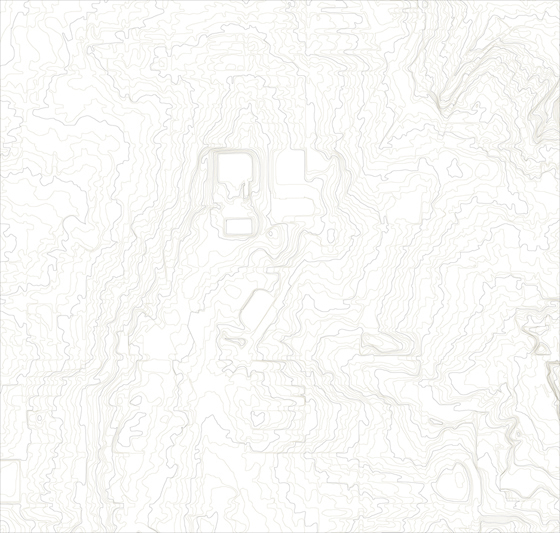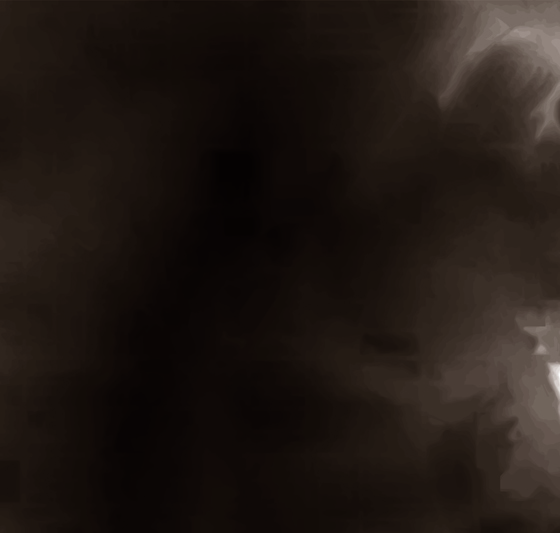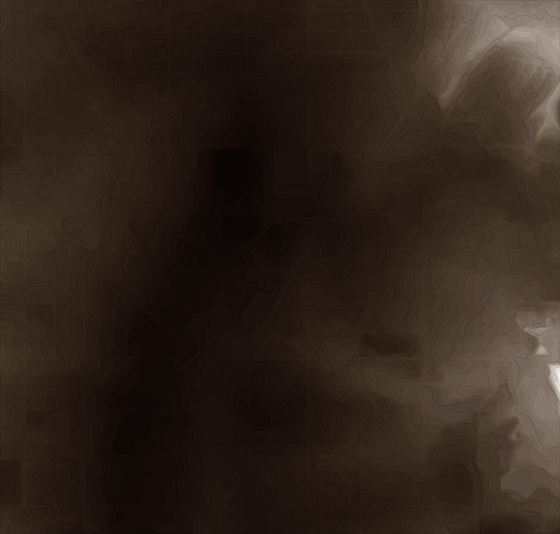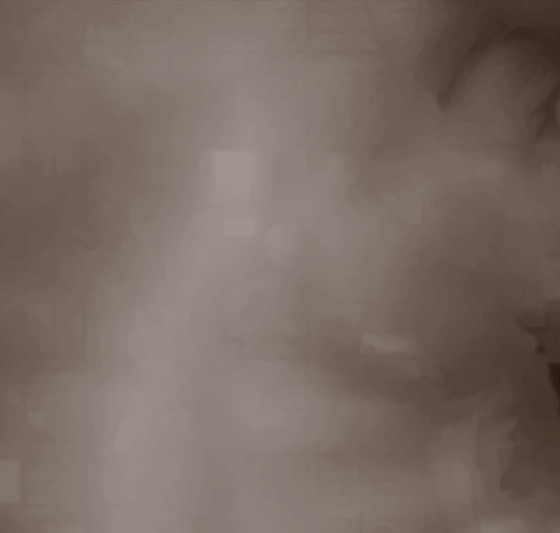
After the fold, there are other, cooler maps that show height using shading.
First, showing height as a concentration of sorts of contour plates. You can click on these images to get much bigger versions, if you can’t see all that well.

What I find so interesting about these maps is that they show the way the geography of the area has been altered to make the grid pattern work. So you can see that more clearly toward the top of the mountains in this one, where several areas are visibly artificial, here is an inverted map.
Lastly, here is one that combines the figure-ground map with the topo lines to make it a little clearer.

Soon, I will produce maps of housing, streets, sidewalks, land use, height, and other factors as they come up. I’ll use these maps to create a pedestrian shed, sightlines, and actually begin rendering developing serious schematic plans.
